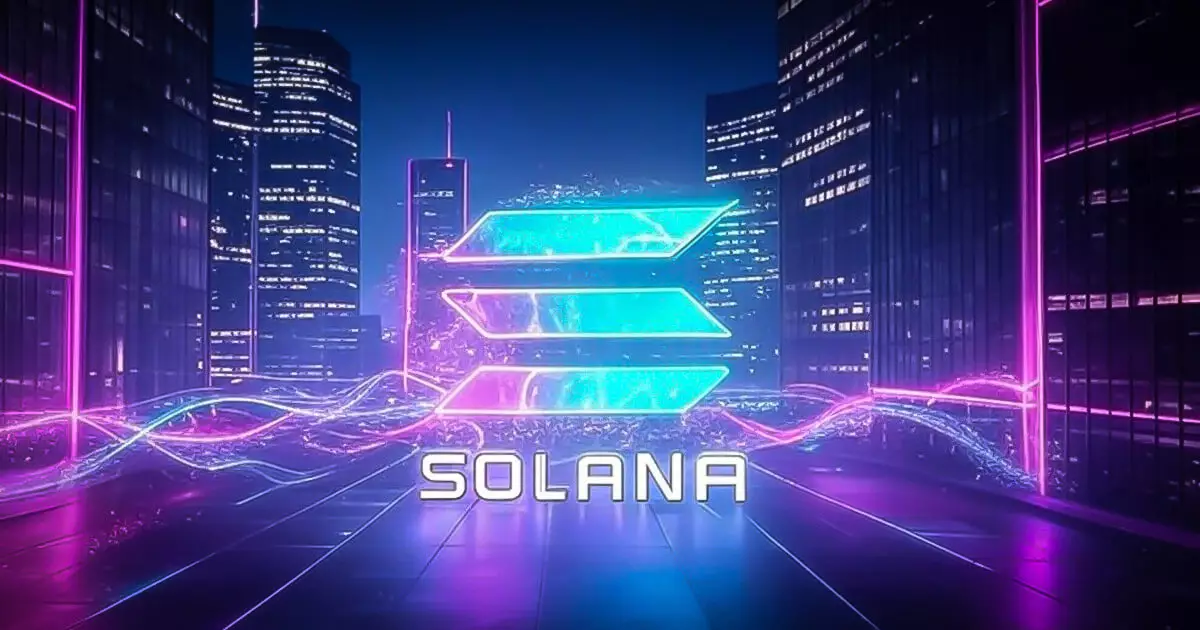In a monumental leap for cryptocurrency transaction management, Coinbase has unveiled an upgraded self-service asset recovery tool that now encompasses lost tokens within the Solana network. This initiative aims to empower users frustrated by unsupported SPL tokens inadvertently sent to their wallets. Direct recovery without the prior need to engage customer support may seem like a stride toward user autonomy, but a more granular examination reveals foundational gaps that must be addressed.
Consumer Autonomy versus User Caution
While the feature promises unprecedented convenience, it inherently places the onus of responsibility on the user. Coinbase has underscored that not all SPL tokens qualify for recovery, urging users to meticulously verify their assets before embarking on the recovery journey. The ambiguity surrounding the eligibility of certain tokens raises questions: how can users be expected to navigate this uncharted territory without adequate guidance? Relying on personal judgment for asset authenticity brings a slew of uncertainties, which undermines the intended convenience of this groundbreaking tool.
High Stakes with a Price Tag
Compounding this challenge is the introduction of fees for recoveries exceeding $100, where a 5% charge applies on the surplus amount, in addition to standard network fees. The operationalization of these fees is a stark reminder that ease of access does not negate a cost—an aspect that could alienate casual users who may inadvertently misstep in their transactions. This lucrative angle might raise eyebrows, as the ethos of cryptocurrency has often been rooted in minimal transaction costs and decentralization. Are we risking the very principles that propelled digital currencies into the mainstream?
Evolving Yet Uncertain
Coinbase’s progressive approach toward expanding recovery services mirrors a broader commitment to tackling the crises surrounding mistakes in crypto self-custody. The company’s prior offerings—initially tailored for ERC-20 tokens and later adapting to BNB Chain and Polygon—demonstrate a genuine intention to innovate. Yet, despite showcasing a willingness to evolve, there’s a layer of unpredictability that shrouds the future landscape of recoverable tokens. It remains an open question whether more asset types will be rendered eligible within a realistic timeline, or if this will become yet another deferred promise in the industry.
A Double-Edged Sword
In an industry beset by volatility and uncertainty, Coinbase’s tool could be perceived as both a boon and a bane. The self-service mechanism introduces elements of empowerment, but it simultaneously threatens to drown less tech-savvy users in a sea of confusion and potential loss. Mistaken transactions, historically irreversible, weighed heavily on users, but has this newfound convenience of self-service truly supplanted the need for robust customer support? The complexities surrounding asset-specific nuances mean that relinquishing full oversight may not be the panacea it seems for everyone involved.
As Coinbase marches ahead with its self-service asset recovery tool, the crypto landscape remains as perilous as it is promising. The challenge lies in ensuring users are equipped not only to reclaim their assets but also to navigate the tumultuous waters of cryptocurrency trading with clarity and confidence.


Leave a Reply